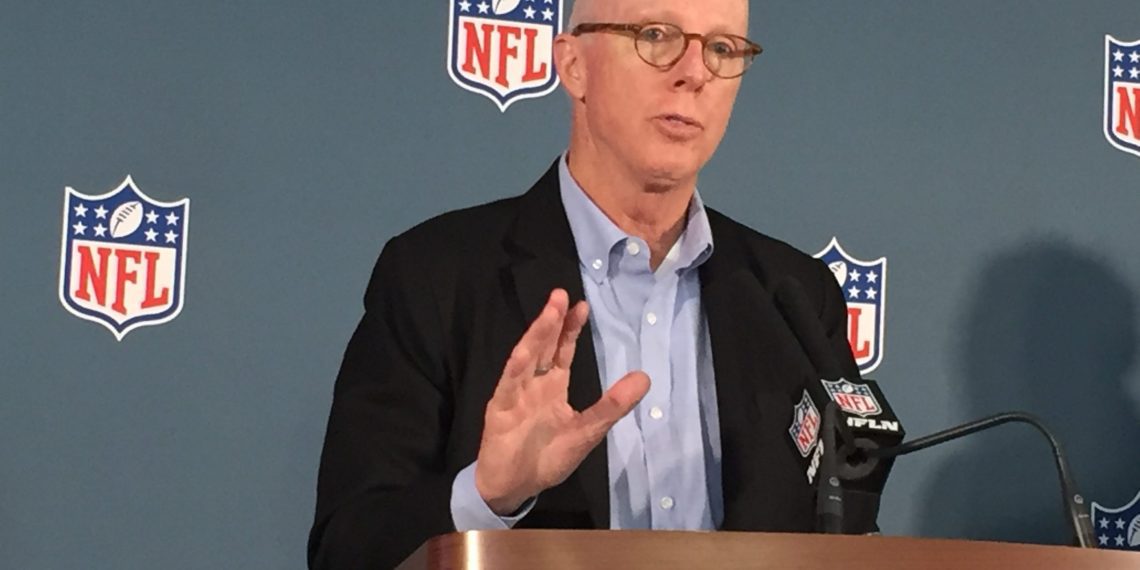NFL Rule Change and Its Rationale
A recent decision in the league has shifted the starting position for drives following a touchback from the 30-yard line to the 35-yard line. This adjustment, following the inaugural season of the dynamic kickoff rules, is designed to enhance scoring opportunities and intensify offensive play. The move reflects a broader ambition to inject more excitement into game-day strategies by providing teams with a more advantageous field position from the very start of their drives.
Statistical Insights from the 30-Yard Benchmark
In the previous season, nearly 1,800 drives began at the 30-yard line without ending in kneel-downs. Analysis of these drives reveals a variety of outcomes: over a third ended with punts, nearly one in four culminated in touchdowns, and field goals were attempted in roughly 16 percent of cases. Other results such as interceptions, downs, and fumbles contributed additional context to the overall picture. These diverse outcomes underscore the inherent challenges and opportunities embedded in starting drives from this position.
Enhanced Scoring Opportunities at the 35-Yard Line
When drives commence at the 35-yard line, the chance of scoring a touchdown and converting field goals appears to increase. Though the sample size is noticeably smaller, the statistics are compelling. Approximately 31 percent of these drives have led to touchdowns, while field goal attempts rise to over 21 percent. This notable improvement in scoring efficiency signals a significant potential shift in game dynamics, as offenses may now be better positioned to challenge a defense right from the outset.
Comparative Performance Under Specific Coaching Eras
Examining recent team performance provides an additional layer of insight. Under the current coaching regime, a prominent team’s record from the 30-yard start has shown impressive results with just under 32 percent of drives ending in touchdowns. However, when the starting point moves to the 35-yard line, the same team’s efficiency in generating points appears to decline. Fewer touchdowns and field goals from this new benchmark hint at an adaptation period; the limited data set makes it clear that strategic adjustments will be essential to fully leverage the rule change. This contrast highlights the nuanced impact of field position on different teams and coaching philosophies.
Looking Ahead: The Future of Drive Strategy
The rule revision is set to have far-reaching implications as teams adjust their playbooks and strategy. Increased scoring percentages from improved starting positions could redefine offensive planning and game tempo. As teams continue to experiment and adjust to the new norm, future seasons are expected to provide deeper insights into how significant a role strategic field positioning will play. Coaches and players alike now face the challenge—and opportunity—of maximizing each drive under these fresh conditions, setting the stage for an invigorated era of competitive football.









